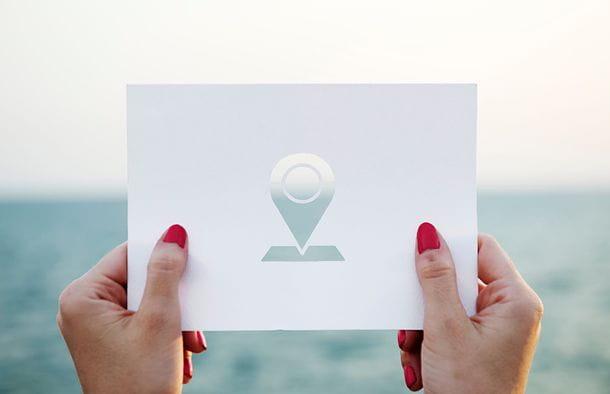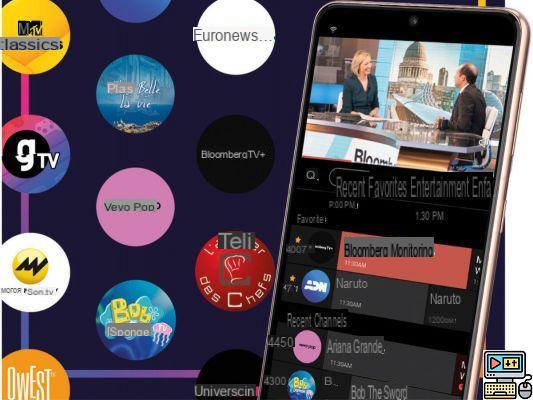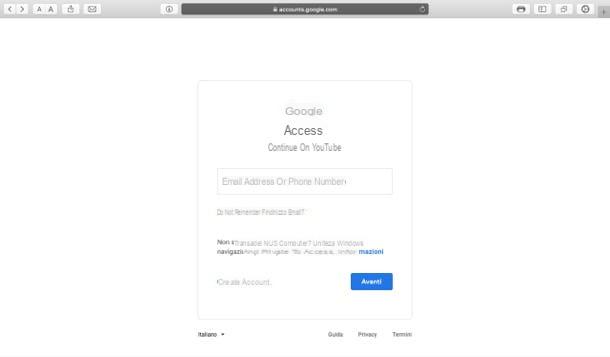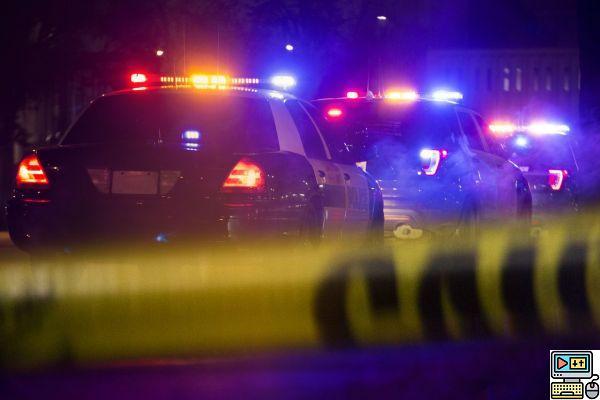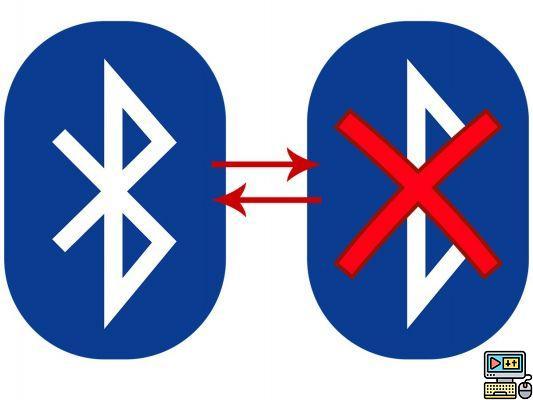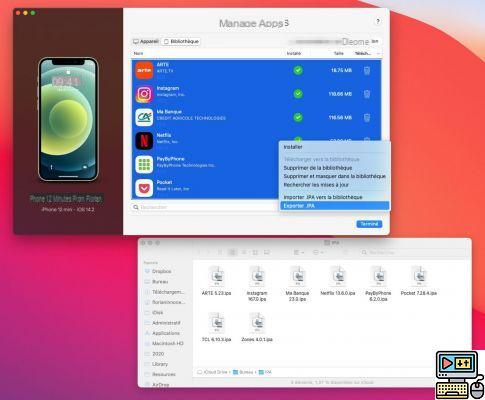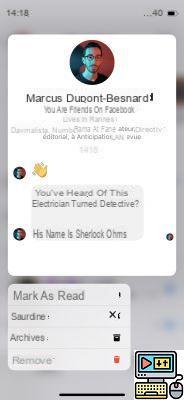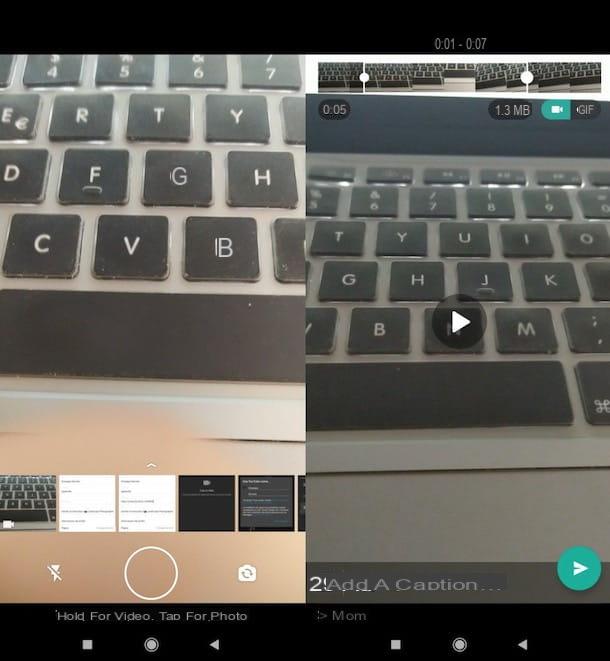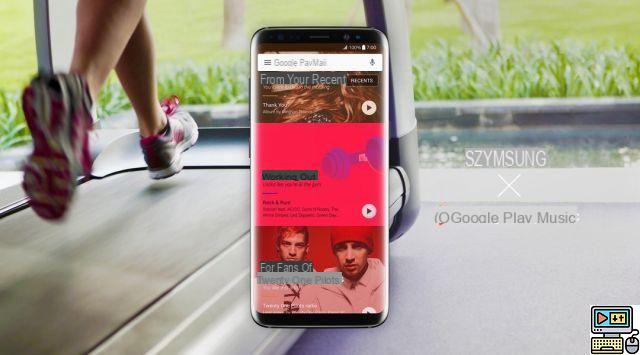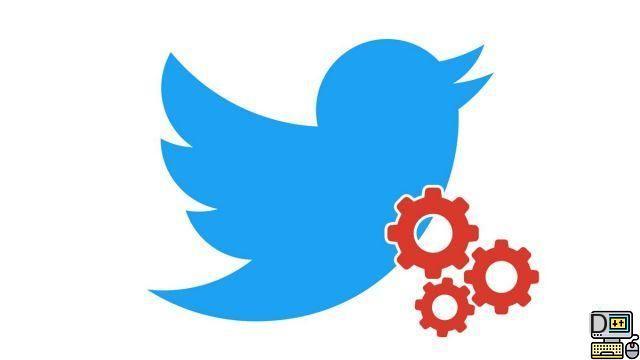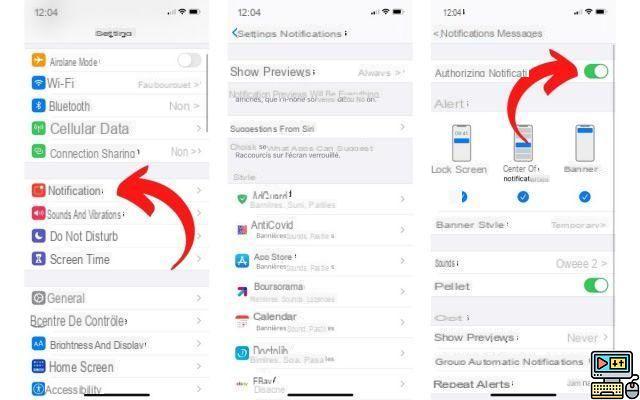 @Lesnums) Posted on 25/10/16 at 16:30 Share:
@Lesnums) Posted on 25/10/16 at 16:30 Share:
Third part of our series intended for photographers wishing to learn about video: after having seen the foundations of this technique and the grammar of the animated image, we suggest you embark on the conducting your first interview and practice some of the techniques mentioned above.
In this tutorial, we will try to be as pragmatic as possible and take you out into the field after taking a quick detour to the hardware.
The issue of sound
Sound is an integral component of video: it amplifies actions, magnifies a feeling, provokes an emotion... even in the era of silent cinema, the soundtrack made it possible to punctuate the film. We are not going to go into the technical detail of sound recording, since the aim here is to present to you the technical means that must be deployed to carry out an interview, but be aware that you must take particular care with your audio recording. . Generally, if the viewer tolerates a slightly degraded image, he will not tolerate a failed sound recording. The mere sound of an engine starting up or an air conditioning huffing while recording an interview can make you start all over again.
The sound therefore creates the ambiance and the atmosphere. Essential but invisible dimension, it is of course on him that, often, the photographers who would like to launch out in the realization video stumble. The composition rules for shot values remain more or less the same, but sound is a completely new component that you have to learn to manage at a minimum.
Reminder: the three main types used in interviews
- Son in : sound that relates to the content of the video; it is associated with the field or the off-field of the image.
- ambient sound : it is a set of sounds that will give the viewer the impression of being immersed in a particular environment. Natural sounds, such as rain or wind, or traffic, for example, are part of the sound environment.
- Voice over : narrative process which consists in involving, during the unfolding of a plan, the voice of a character who is not visible. This character can be one of those that the viewer has already seen in the story or be a faceless narrator, whose voice guides us in decisive moments or provides additional information. Voiceover is widely used in reporting or documentaries.
Sound recording during filming
You have two options for recording sound during filming:
- directly via the box;
- via an external digital recorder.
1. Live sound recording via the box. Most boxes, reflex or hybrid, are equipped with an integrated microphone to record, in video mode, the sound in stereo. This sound recording is automatically launched during recording, therefore synchronized with the image: it starts at the same time as the video.
We advise you never to cut it, even if you are using an external recorder at the same time, as this will make it easier for you to synchronize during editing. However, be careful: the built-in microphone also records all the noises from your case, such as handling crackles, stabilization noise or even autofocus hesitation.
Most boxes on the market today have a microphone socket to add an external microphone, but few are equipped with a headphone socket to listen to the sound quality live and have live sound feedback from the socket. . Depending on the configuration of your interview, it may therefore be interesting to connect an external microphone directly to your box, such as a lavalier microphone: you will not have to synchronize in post-production.
2. Sound recording with an external recorder. Using a separate recorder gives you the option to choose between different recording types. We favor omnidirectionals and cardioids.
L'omnidirectionnel picks up sound evenly over 360°. Used to capture ambient sound, it records its entire environment. It receives sound sources and their resonances. Generally inexpensive, it is suitable for ambient shots or scenes without dialogue.
The cardioid is directive and subject-oriented. It is discriminating: used for interviews, vocals or instruments, it favors sources placed in front of it, rejects sounds coming from behind and attenuates those coming from the sides. On the other hand, it is sensitive to handling noise, mouth "pops" or Larsen-type proximity effects.
If it allows you to position the camera far from the audio source, it will nevertheless be necessary to synchronize the sound and the image during editing, hence the need to make a clapperboard at the start of filming to give a reference point. sound and visual to the different tracks.
Equipment
The sound recording
If you are doing an interview in a configuration that does not have too much interference, the best solution is therefore to connect an HF receiver directly to the microphone socket of your case, to clip it to the accessory shoe and to connect a transmitter HF on your interviewee, either via a lavalier microphone or via a handheld microphone.
You thus ensure two points: you will not need to carry out synchronization during editing, and the audio recording of the subject will be well discriminated in relation to the environment.
The box
Today, all the boxes on the market have a microphone socket allowing you to add an auxiliary microphone to have a more elaborate sound recording than that recorded by the microphone of the box. Nevertheless, since it is essential here that the subject be intelligible, the sound recording must not be interfered with by ambient noise. We can therefore highly recommend that you opt for a box also equipped with a headphone socket, in order to be able to check the audio feedback live and to know precisely in real time what the defects are in your recording.
These boxes are more rare. Without listing them all, we currently have a soft spot for the Sony Alpha 6500, the Fujifilm X-T2 and the Nikon D500. In 24x36, the Sony Alpha 7 Mark II or Alpha 7S II win our preference, especially as their sensor is stabilized.
The goal
As with conventional shooting, a standard 24-70mm f/2,8 type zoom will be an asset, as you can easily frame your subject and, above all, use the large zoom aperture to detach your subject well from the lens. background. However, beware: due to the shallow depth of field of the f/2,8 aperture, if your subject moves back and forth it will appear blurry at times and this may disrupt the viewer's reading, although the latter is more and more accustomed to seeing a cinematographic image, and no longer quite clear as on television.
If you have a second box, it is also an advantage, because you can equip it with a different focal length in order to play on connections of different shots. Don't forget, as mentioned below, the 180° rule and to synchronize the two boxes by making a clap at the start of shooting to set a visual cue — it could simply be your two hands that you hit once.
Tripod
You will fix your case(s) on a tripod equipped with a fluid head, so as to perfectly stabilize the image; you can take a few panoramic shots if necessary without shaking.
Lighting
You have noticed it in the photo: as soon as the sensitivity is increased too high or the light conditions deteriorate, noise appears in the image. It's the same thing in video, except that the grain swarms. So be wary, because when shooting without light, unless you are looking for a very particular effect, the grain will be disturbing and will give your image an amateurish and unpleasant appearance.
Additional lighting is therefore more than welcome: continuous fluorescent or tungsten light. Kino or LED lights are recommended. Led panels can be mounted either on your case or on a tripod and will allow you not only to illuminate your subject, but also to give pep to your image.
In the field
Preparing for your interview
Conducting an interview requires careful upstream work.
You can of course film an interview conducted by a third person, who will act as the interviewer, in which case you can concentrate exclusively on carrying out your interview. But if you have to conduct the interview yourself, then you will have to prepare it all the more in advance, in order to be able to juggle as well as possible between the two functions of director and interviewer.
To do this, obviously document yourself on the subject of your interview. You must have a minimum of knowledge to be able to ask relevant questions and be able to bounce back on the answers of your interlocutor. Prepare your questions in advance: there is nothing more destabilizing for an interviewee than to be confronted with someone who is looking for a common thread. This also allows, if the discussion deviates, to reframe and refocus it around the main subject.
Finally, as in any situation where the relational dimension is strong (portrait, wedding photography, etc.), make your interviewee feel comfortable during the set-up; if you have time, ask him a few questions about his background, what brought you to interview him...
During the recording, ask only one question at a time, try to be understandable and articulate clearly. If necessary, feel free to pause or rephrase your question.
Favor open questions, so that the dialogue takes place; ensure that the interviewee can develop his point and does not simply answer yes or no to your questions. For example, instead of: "Did you like this new edition of the Salon de la Photo?", ask him instead: "What do you think of this new edition of the Salon..."
The establishment
Install your set, taking care to choose the appropriatebackground. It should not disrupt the viewer's attention to the interviewee, but should also be contextualized to the topic of discussion.
After installation, pay close attention to the white balance and exposure. Indeed, the video image is much more difficult to edit than a photo and this, for a very simple reason: except if you shoot with a RED (like the Raven), your images will not be in RAW. The retouching latitude is therefore limited and it will be very difficult to recover information in the highlights if they are burnt out, or to correct a color cast. With more elaborate boxes, you may be able to shoot in Cine-Log type image profiles, but even the editing threshold remains limited too.
Before you start recording, make sure the speed of the shutter is positioned on 1/50 s for a better fluidity, and try not to show too high in sensitivity and to remain on a medium opening.
Finally, before the shooting clapperboard, obviously do some voice tests, to make sure everything is working, and offer a glass of water to your interviewee, so that he doesn't have a dry mouth: this will limit mouth noises during his answers.
The minimal scenic device
There are two types of interviews: crossed or frontal. In the first case, at least two people discuss a point of view; in the second case, you only interrogate a single interlocutor.
In both cases, the interviewer can remain invisible and be out of sight. You can keep the questions in voiceover, or replace them with graphic integrations in the editing.
The shot/reverse shot technique is very often used to film interviews and interviews. It consists in successively showing two subjects face to face. The camera moves virtually, on a half-arc while pivoting on itself so as to alternately show the two protagonists of the interview.
Remember the 180° rule stated in the previous tutorial: the cameras must be located on the same side as the characters, otherwise you will lose coherence in the editing and it will have the impression that the shots do not belong to the same scene.
The composition
Preserve the field of your subject's gaze: when the person you are filming is looking to the left or to the right, let the field of their gaze breathe.
Work on your framing, the light and the composition: your photographer's eye will be an asset for this and will be the strength of your interview.
Finally, be sure to respect the rules of composition, because if it is commonly accepted to crop the image in photography (which is possible thanks to the high definition of the images), in video in HDTV 1080, the image does not exceed not 2 MP. Obviously, if your box films in 4K, you will have more margin with 8 Mpx, but the files are much heavier to process or store.
Synthetic
To carry out your video interview, you will therefore need:
• a box with a bright lens (optional, a second box with a second focal length and a second tripod to energize the assembly);
• a tripod;
• auxiliary lighting;
• an external microphone, connected either directly to the box or to a digital recorder;
• headphones to monitor live feedback from your interviewee's voice;
• a notebook with questions to ask your interviewee;
• and your two hands to achieve a synchro clap at the start of shooting!
It's up to you, it's spinning!
to read also:Getting started with video 1 - Basics and equipment
Aimed at photographers curious to experiment with animated images, this series of introductory video tutorials is obviously not intended...
5 years ago to read also:Getting started with video 2 - Shots, framing and composition
5 years ago to read also:Getting Started with Video 4 - The Basics of Video Editing
Fourth installment of our tutorial series on getting started with video! After having seen the basics of capture, the grammar of the image...
4 years ago



